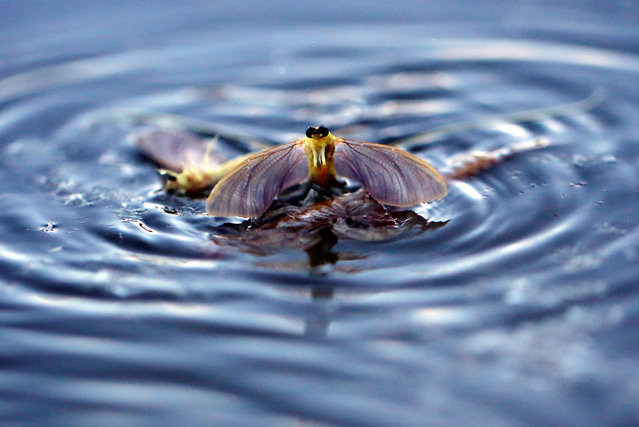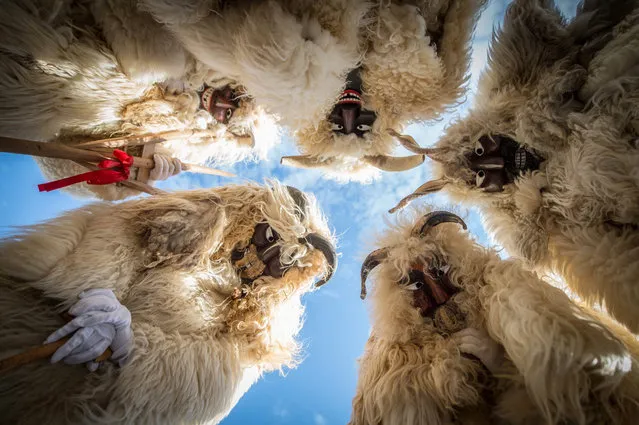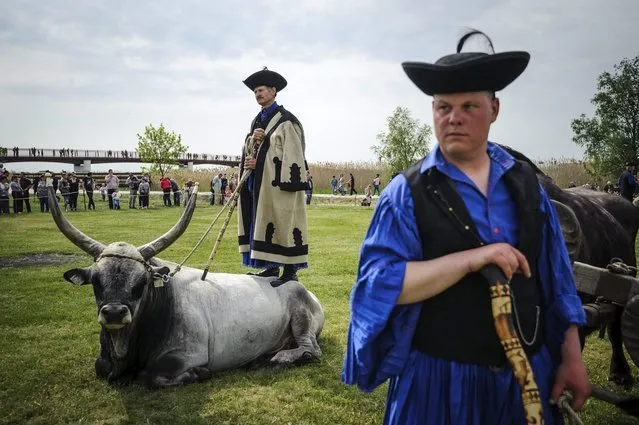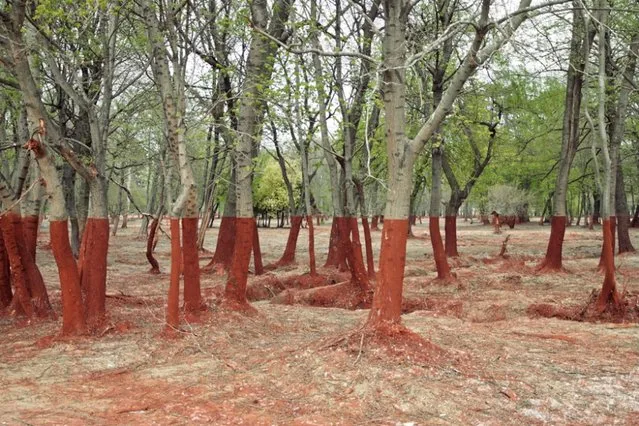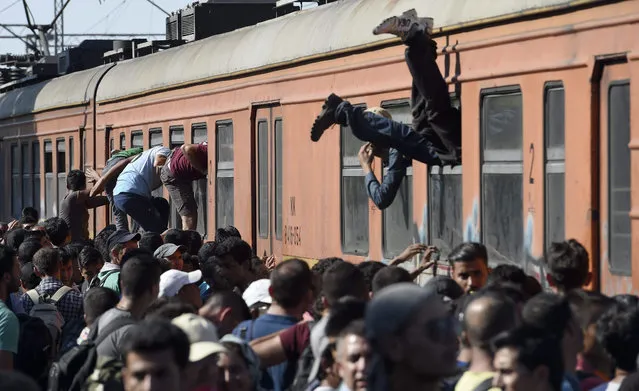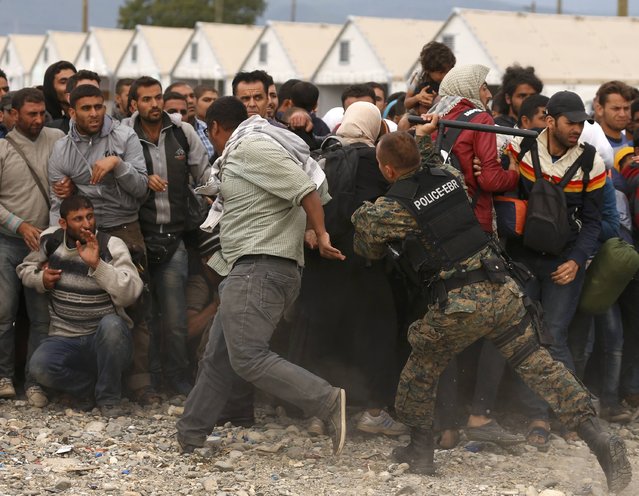
Astronomer, space scientist and meteorologist Andrea Opitz, senior research associate of the Space Physics and Space Technology Department of Hungarian Academy of Sciences (MTA) Wigner Research Centre for Physics (2R) wears a space suit during a cosmology exhibition in Budapest, Hungary, 03 March 2016. The photo series was created to mark the International Women's Day (IWD), which was marked for the first time in 1911 and is celebrated on 08 March since 1913. (Photo by Bea Kallos/EPA)
20 Mar 2016 11:15:00,post received
0 comments

